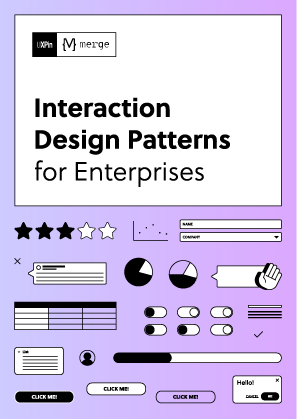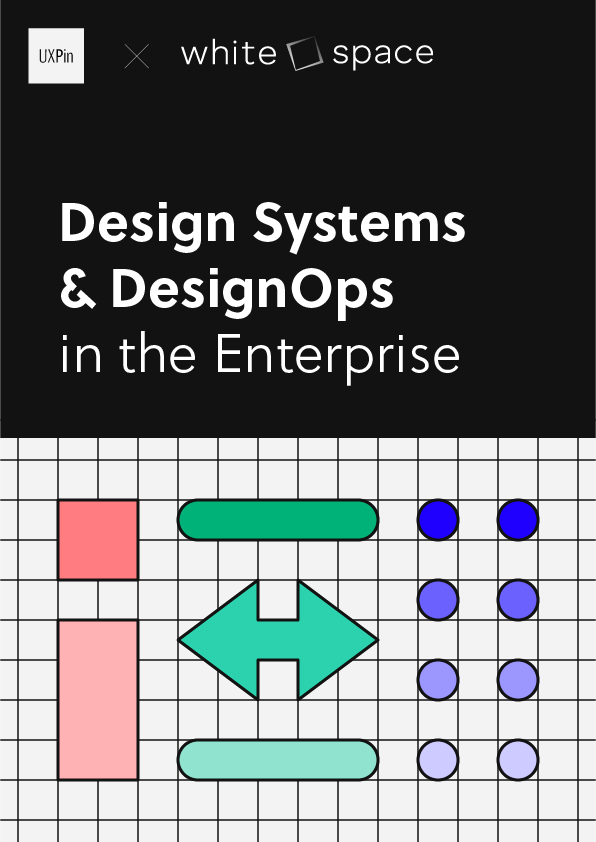In our first sneak peek, we summarized the entire UX process of redesigning Yelp with our partners UserTesting and Optimal Workshop. Now we’ll give you an overview of how we ensured the redesign was driven by business insights.
The entire process of user testing and redesign along with screenshots of the new Yelp site will all be included in our upcoming e-book, but we’ll provide you a glimpse of UX design in action.
Understanding the Yelp Business Model
Our method of choice for breaking down Yelp’s business model was the Lean Canvas. It’s quick, lightweight, and collaborative.
Developed by Cloudfire CEO Ash Maurya, the Lean Canvas focuses on customer problems and unfair advantages. It’s mostly used for startups, so we needed to trim it down a bit and adapt it for our purposes. For this project, we felt these were the most relevant points to understand:
- Top Problem — What is the most important problem that Yelp solves?
- Unique Value Proposition — What is Yelp’s promise to its customers?
- Top 3 Features — What are the top features that help Yelp deliver on its promises?
- Unfair Advantage — What’s Yelp’s “secret sauce” that can’t be copied by competitors?
Based on the above analysis, we had a rough idea of which features and functionality would be most important to test. We decided the most important feature was Yelp’s search functionality.
Transforming Business Analysis Into User Testing Goals
At this point, we knew what features to test. But who should we test it on? To find the answer, we looked at where Yelp was succeeding and where they could improve.
After examining Yelp’s Q2 2014 report, we decided that they were doing a phenomenal job at user acquisition. As of Q2 2014, Yelp boasts an impressive 138 million monthly unique visitors who’ve helped write over 61 million reviews — and they’re continuing to grow. Given their success at converting lurkers to registered users, we decided the user retention might be a more interesting area to explore. Our user group, therefore, would be semi-frequent users.
Running the Right User Tests
Since we were moving fast in our design sprint, we needed thorough yet time-efficient (and cost-efficient) ways of testing these semi-frequent users. We wanted to learn how test participants interact with Yelp in a natural setting, how they categorize information, and what actions are most popular.
We decided that unmoderated user testing, card sorting, tree testing, and click testing were our best options. That completed the process for now, and our next step would be to decide the right user tasks, recruit participants, and start testing.
Analyze, Plan, Test
Our methods were specific to our design sprint, but the rationale is applicable regardless of company or project size. Know your business objectives, find the appropriate demographic for your user testing, and decide the user tests that make the most sense based on costs and timing.
To be one of the first to see the new Yelp design and learn about the process and analysis in greater detail, sign up for our upcoming e-book below.






